City Shows Plans for Protected Bike Lane on Meeker From Greenpoint to Williamsburg
The long-awaited project will add a two-way protected bike lane, a new pedestrian path, and metered parking beneath the elevated Brooklyn-Queens Expressway from the Kosciuszko Bridge to Metropolitan Avenue.

Meeker Avenue at Union Avenue. Photo via Google Maps
City street designers released their long-awaited plans for protected bike lanes at Meeker Avenue Tuesday, which will add a two-way protected bike lane, a new pedestrian path, and metered parking beneath the elevated Brooklyn-Queens Expressway from the Kosciuszko Bridge to Metropolitan Avenue.
“It will connect these isolated lots, connect the corridor throughout the community, and to the Kosciuszko Bridge, while also improving the safety for all users,” said Department of Transportation’s Craig Baerwald at a May 4 virtual meeting with Community Board 1’s Transportation Committee.
The roughly one-mile project between Apollo Street and Metropolitan Avenue is divided into four sections, due to the complex challenge of balancing the needs of bikers and pedestrians with the heavily-trafficked throughway and its busy intersections, Baerwald said.
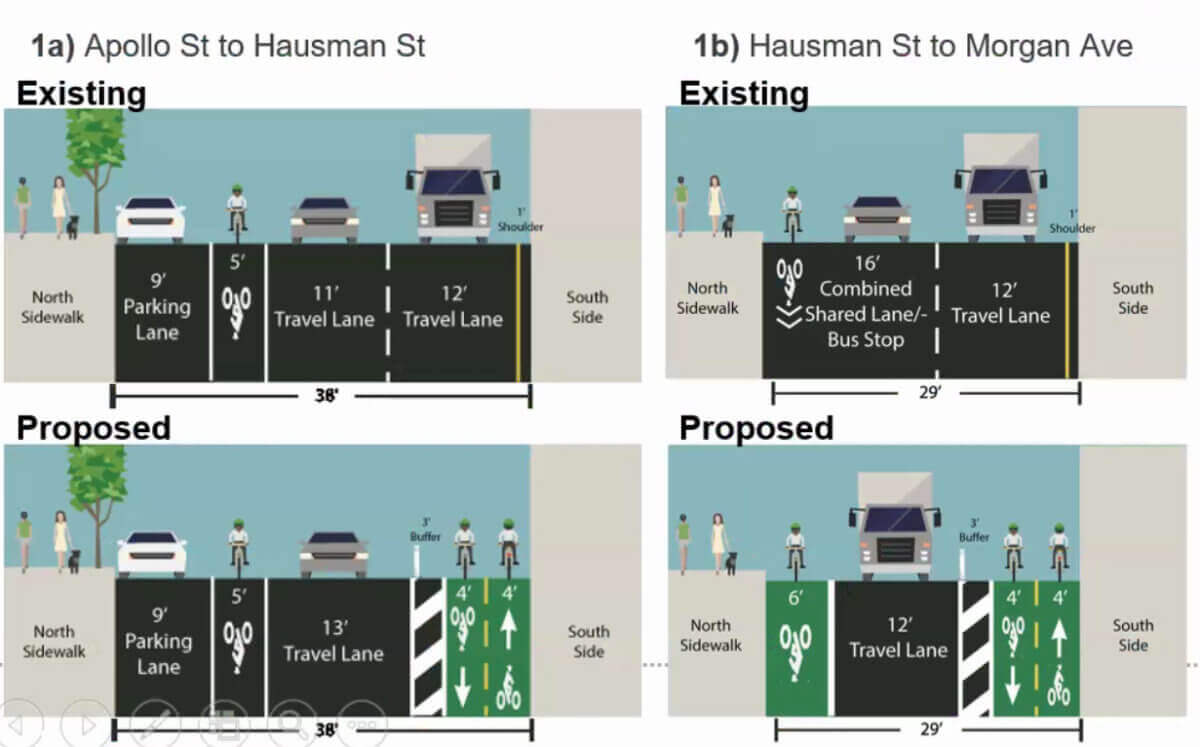
The start of the project near the Kosciuszko Bridge will have the bike lanes on the street, but most of the green-painted paths will be beneath the highway, replacing current unmetered car parking.
From Apollo Street to Morgan Avenue, DOT plans to repurpose a car lane adjacent to the bridge structure into a two-way bike lane with a painted buffer and plastic flappers bordering traffic. The block between Hausman Street and Morgan Avenue will have an additional bike lane next to the sidewalk, replacing a lane of parking.
Next, between Morgan and Kingsland avenues, the agency will raise the on-street bike lanes and route them underneath the elevated highway starting at Sutton Street.

The final stretch between Kingsland and Metropolitan avenues will also be below the BQE and have an added 8-foot pedestrian path next to the bike lane, with slight variations of parking layouts along the way.

The agency also plans to make a number of changes to cross streets along Meeker Avenue to make them safer to traverse for cyclists, pedestrians, and the large amount of drivers passing through.
The upgrades include new signal timing, painted and concrete curb extensions, and ramps for bikers, and affect the junctions at Kingsland Avenue, McGuinness Boulevard, Manhattan Avenue, Union Avenue, and Metropolitan Avenue.

The move will require the agency to cut almost half of the 680 parking spaces beneath the BQE, according to Baerwald, while turning the remaining spots from free car storage into metered parking at $1.50 per hour from 7 am-10 pm, Monday through Saturday.
The agency plans to start painting the green lanes this summer starting near the Kosciuszko Bridge, and will likely wrap up the project around fall 2022, according to Baerwald.
Many locals welcomed the bike and pedestrian paths on Meeker Avenue, which has long been a desolate wasteland beneath the Robert Moses-era roadway cutting through Williamsburg and Greenpoint.
“Thanks to DOT for this awesome proposal regarding safety improvements, which are so needed,” said CB1 committee member Bronwyn Breitner. “As a mother of two young children, I’ve been crossing under Meeker for six years with two young boys and it is not safe, as everybody knows, and I really really welcome prioritizing safety improvements for our community.”
Plans to improve Meeker Avenue date back to at least 2015 when the street safety group Transportation Alternatives launched a campaign to improve the dangerous roadway called “Make Meeker Move,” and DOT first proposed safety improvements in 2016.
In 2017, DOT gathered input from locals on how to improve the corridor and in 2020, then-Commissioner Polly Trottenberg included Meeker Avenue in a proposal to add 10 miles of protected bike lanes to borough streets by the end of that year.
North Brooklynites again took issue with the agency charging for parking along the space, which officials first floated to much uproar in November. Agency parking gurus, meanwhile, contended that the metered spaces gave DOT a mechanism to look after the new bike and foot paths regularly.
“If we’re going to be there to maintain the [paid] parking, we’re going to be there to maintain the bike lane. If we’re not going to be in there for paid parking then it will be [alternate side parking] and it’ll be exactly what you have now,” said Michael Marsico.
The civic committee members questioned why the Department of Sanitation, which is tasked with clearing the city’s roadways, couldn’t take care of the lanes, so that locals can still enjoy free parking.
“I think I’m gonna speak for a lot of people when we’re saying, ‘Well, we’re still getting paid parking that nobody seems to feel is necessary — except for DOT,’” said the committee’s chairperson Eric Bruzaitis.
But the city reps argued that due to the difficulties of maneuvering around ramps and the BQE’s columns, it was simpler and quicker to just manage the area within DOT.
“Every ramp’s gotta be clear, we need bikes to get up and down them. The columns that we took really great care to plan around, and things like that,” said Baerwald. “It’s not as simple as just assigning this to DSNY and walking away and then having a problem down the road that we have to have more meetings about to discuss.”
Another local accused the city of using the cleanups to chase out people experiencing homelessness who set up shelter beneath the highway, and demanded that bureaucrats work together without harming the unhoused.
“The last time there was cleaning at that strip, those homeless people were chased away by NYPD, so I really believe for this discussion going forward, NYPD needs to be involved, the [Department of Homeless Services], as well as Sanitation,” said William Vega. “I think we need to hold these agencies accountable. I appreciate all the work DOT’s doing, but this is not just one agency that should be maintaining the corridor being cleaned, and again we also have people there.”
Editor’s note: A version of this story originally ran in Brooklyn Paper. Click here to see the original story.
Related Stories
- Long-in-the-Works Bike Lanes Open, Connecting Brooklyn Via 4th Avenue and Flatbush
- Reversing Course, Windsor Terrace Community Board Committee Green-Lights Bike Lane
- A New Bike Lane Might Be Coming to the Brooklyn Bridge Roadway
Sign up for amNY’s COVID-19 newsletter to stay up to date on the latest coronavirus news throughout New York City. Email tips@brownstoner.com with further comments, questions or tips. Follow Brownstoner on Twitter and Instagram, and like us on Facebook.

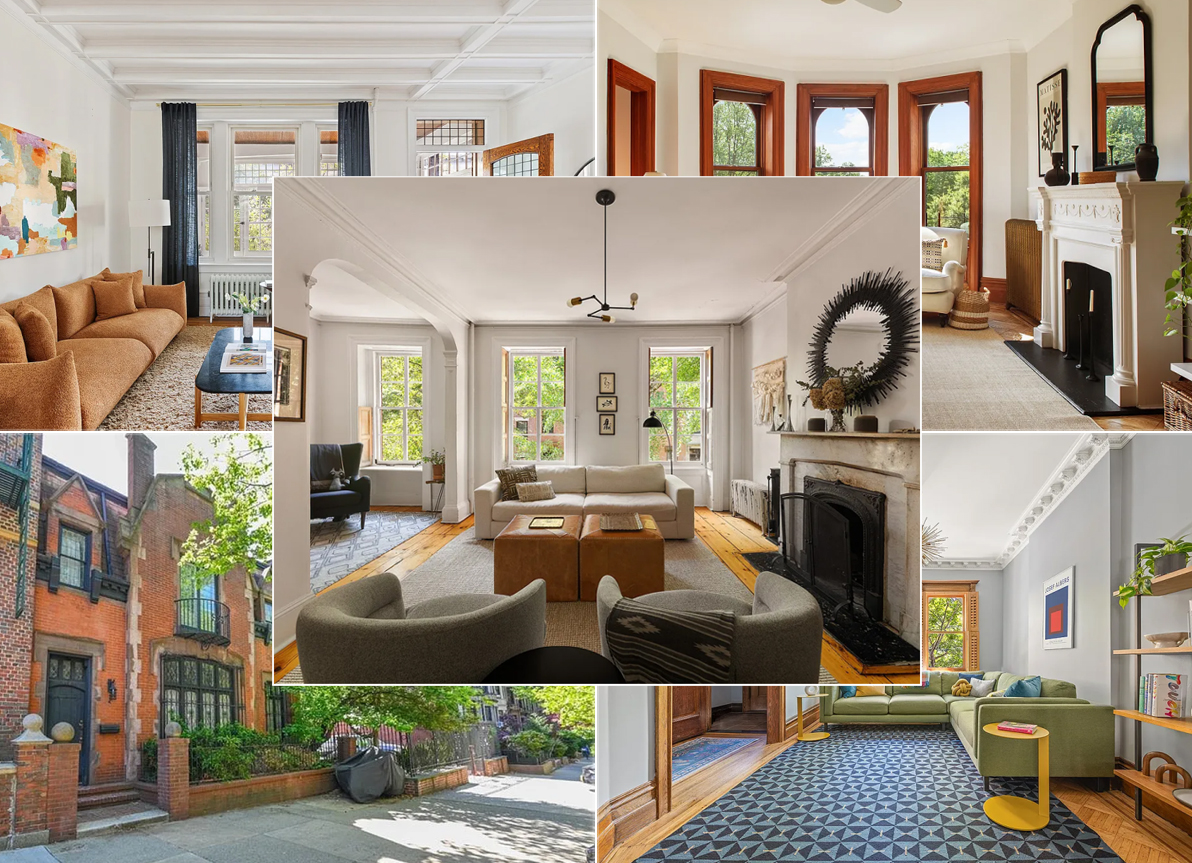
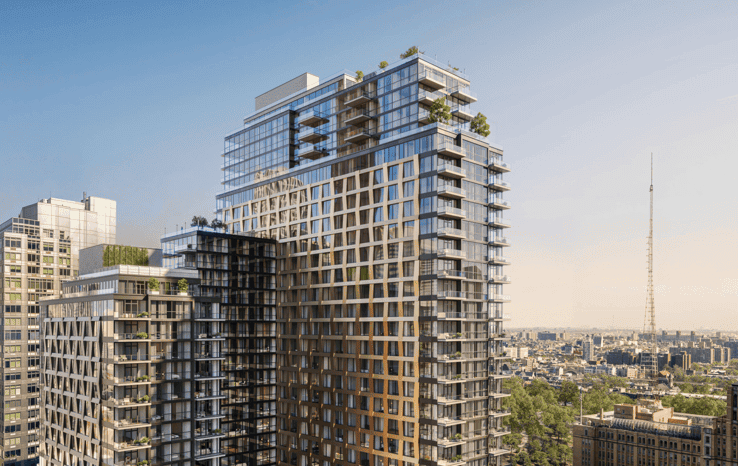
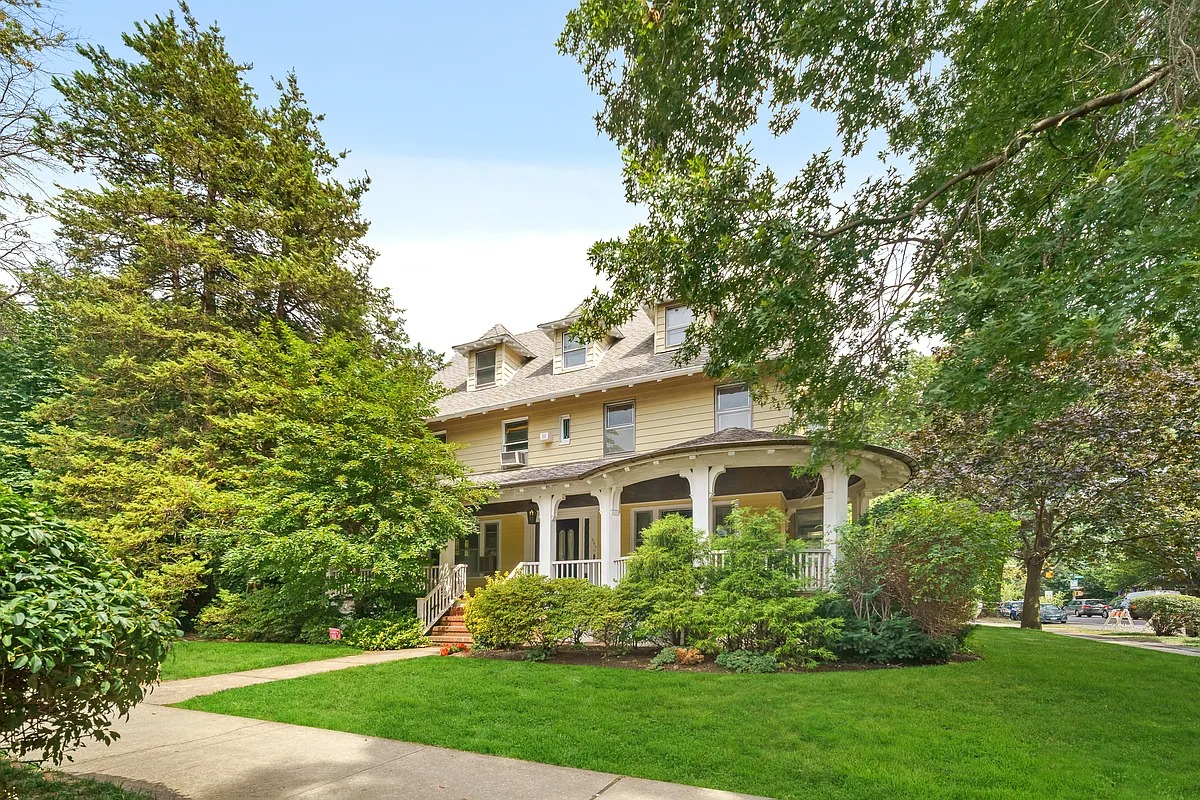
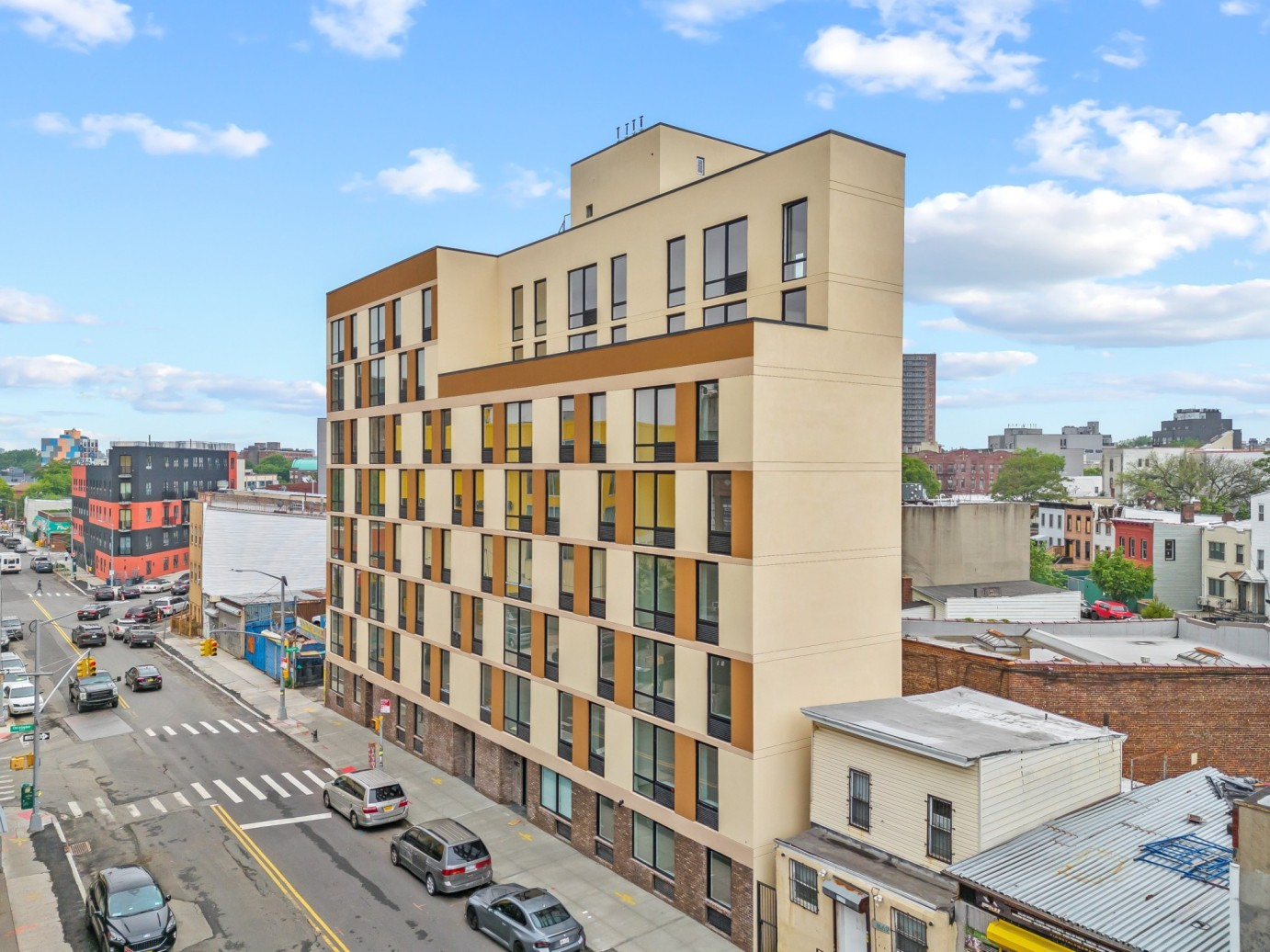
What's Your Take? Leave a Comment